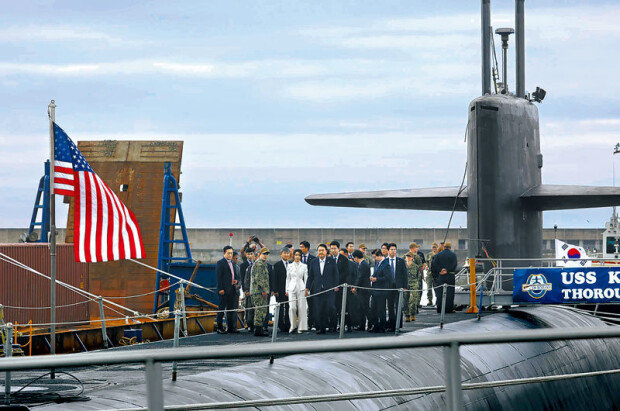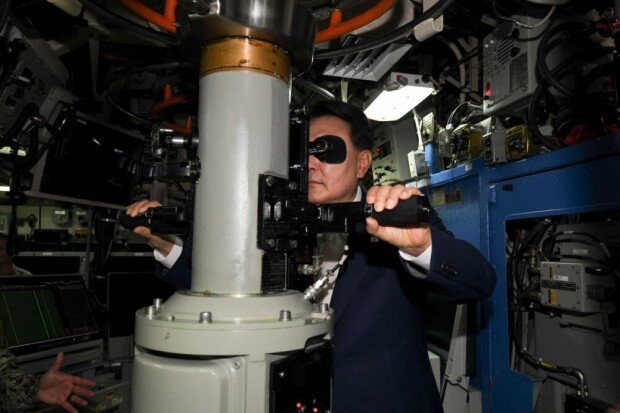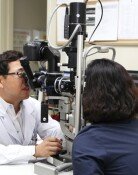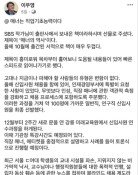President Yoon visits USS Kentucky
President Yoon visits USS Kentucky
Posted July. 20, 2023 08:06,
Updated July. 20, 2023 08:06


President Yoon Suk Yeol emphasized that the Republic of Korea and the United States will respond to North Korea’s advanced nuclear threat with overwhelming resoluteness, utilizing the regular deployment of tactical assets, such as ballistic missile submarines (SSBNs), during his visit to the Ohio-class ballistic-missile submarine USS Kentucky (SSBN-737), which docked in Busan on Wednesday after 42 years, upon the launch of the Nuclear Consultative Group (NCG) between South Korea and the U.S. Through the launch of the NCG, the U.S. will grant South Korea a greater presence in its nuclear planning execution during wartime, a concept known as the “KORUS-united extended deterrence.” The South Korean president highlighted Korea’s practical extended deterrence capability over the U.S.’s key strategic assets.
During his visit to Busan Naval Operations Command, President Yoon expressed his joy and pride at being able to witness the USS Kentucky, which he described as one of the most powerful strategic assets. He emphasized that the deployment of the USS Kentucky symbolizes the joint commitment to regularly stationing the U.S.’s strategic assets and enhancing extended deterrence.
In response to the NCG meeting and the docking of USS Kentucky, North Korea carried out its threat by launching two short-term ballistic missiles early on Wednesday. These missiles, dubbed the “North Korean Iskander” (KN-23), have the potential to carry strategic nuclear weapons. According to the Joint Chiefs of Staff, the missiles were launched from Sun-an, Pyongyang, and traveled approximately 550 kilometers northeast before landing in the East Sea waters. It is assumed that North Korea meticulously calculated the flight distance to demonstrate the missile’s capability to accurately reach Busan, given that the distance between Sun-an and Busan Naval Operation Base, where USS Kentucky had docked the day before, is also around 550 kilometers.
Kwan-Seok Jang jks@donga.com · Hyo-Ju Son hjson@donga.com
Headline News
- Kim Jong Un: Negotiations with U.S. have gone to the limit
- Yoon’s support rating remains at 20% for two weeks in a row
- SEC chair known for cryptocurrency regulations announces resignation
- Medical student scores 398 on CSAT, signaling ‘applications for reach schools’
- Noh Kyung-eun to play up to three more years with SSG







